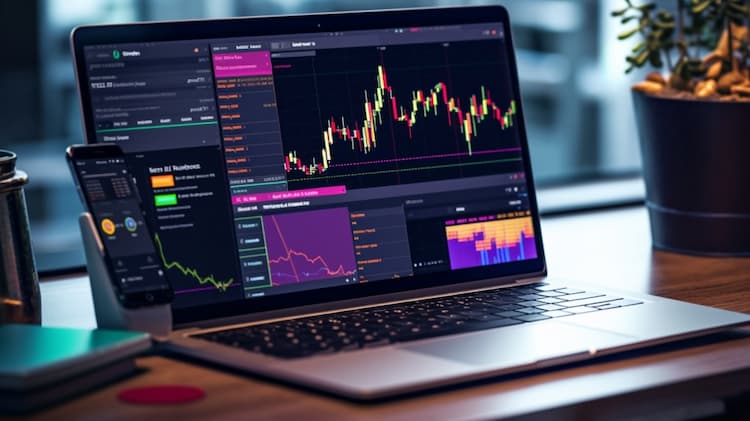
XLF VS IAT
Exchange-Traded Funds (ETFs) have transformed the landscape of investment, providing investors with diversified exposure to various sectors and asset classes. In this article, we will conduct an in-depth analysis of two prominent ETFs: XLF (Financial Select Sector SPDR Fund) and IAT (iShares U.S. Regional Banks ETF). We'll explore key facets of these ETFs, including their tickers, full names, issuers, sectors, top holdings, capitalization, strategy, tracking, and exposure.
XLF Vs IAT: Overview
XLF and IAT represent two distinct strategies within the financial sector. While XLF provides exposure to a broad spectrum of financial companies, IAT focuses specifically on regional banks within the United States. This difference in focus translates to varying risk profiles and potential returns, which we'll delve into further in the subsequent sections.
XLF Vs IAT: Sectors and Top Holdings
The XLF ETF is designed to encompass a range of financial services, including banking, insurance, and real estate. Its top holdings include well-known financial giants such as JPMorgan Chase, Berkshire Hathaway, and Visa. On the other hand, IAT hones in on regional banks like PNC Financial Services Group, U.S. Bancorp, and Truist Financial. Understanding these sectors and top holdings is crucial for investors seeking exposure to specific areas of the financial industry.
 XLF overlap XLF VS IAT
XLF overlap XLF VS IAT
XLF Vs IAT: Capitalization and Strategy
XLF boasts a substantial Asset Under Management (AUM), indicative of its popularity among investors seeking broad exposure to the financial sector. IAT, with its regional bank focus, offers a unique strategy that taps into the potential of localized economic trends. The divergence in capitalization and strategy between these two ETFs opens up different avenues for potential growth and risk, demanding careful consideration from investors.
XLF Vs IAT: Tracking and Exposure
XLF's primary objective is to mirror the performance of the financial sector, providing investors with exposure to various segments within the industry. IAT, on the other hand, homes in on regional banks, capitalizing on their performance. The methods of tracking and exposure vary; XLF tracks an index of financial companies, while IAT focuses on regional banking stocks. Investors looking to align their portfolio with specific industry niches should pay attention to these tracking and exposure distinctions.
Conclusion
XLF and IAT epitomize the diverse opportunities that ETFs offer in the financial sector. Each ETF adopts a unique approach to capturing market movements and trends, catering to different investor preferences and risk tolerances. For those wishing to delve deeper into the intricacies of holdings, correlations, overlaps, and other financial insights, ETF Insider stands out as the ultimate tool. This user-friendly app equips investors with a wealth of information about these ETFs and other financial instruments.
Disclaimer: This article is for informational purposes only and does not provide investment advisory services.
Sources:
https://www.ishares.com/us/IAT ETF issuer
https://www.ishares.com/us/products/239521/ishares-us-regional-banks-etf/IAT ETF
XLF quote and analysis
Discover the top holdings, correlations, and overlaps of ETFs using our visualization tool.
Our app allows you to build and track your portfolio.
To learn more about the XLF Financial Select Sector SPDR Fund, access our dedicated page now.
FAQ
Why is XLF better than IAT?
XLF may be considered better than IAT for some investors due to its specific focus, offering diversification.
Does IAT beat XLF?
IAT's performance relative to XLF will vary over time, depending on market conditions.
Should I invest in XLF or IAT?
The choice between XLF and IAT should align with your investment goals, risk tolerance, and desired exposure.
Are XLF and IAT good investments?
Both XLF and IAT can be suitable investments depending on individual investment strategies, goals, and risk profiles.
What is the correlation between XLF and IAT?
The correlation between XLF and IAT can vary over time, reflecting differences in performance.










